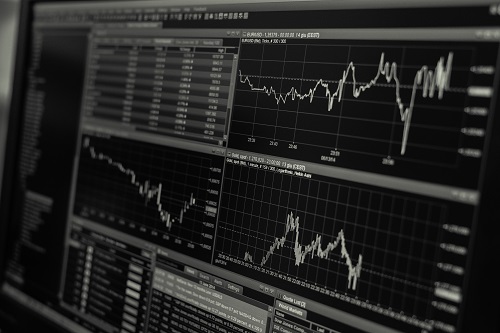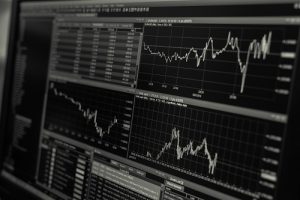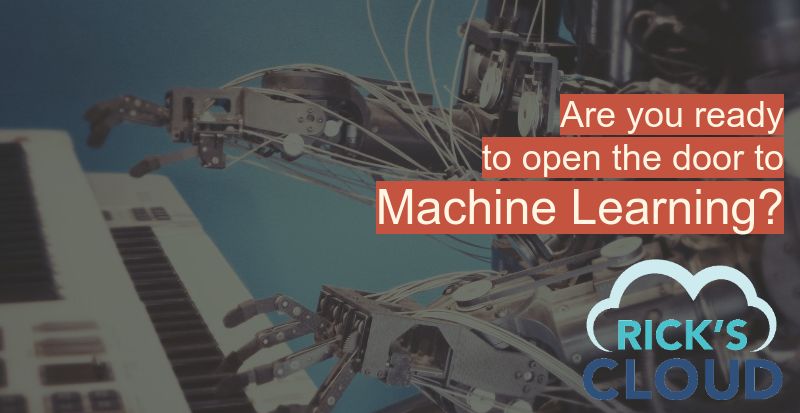
Machine Learning Challenges in the Manufacturing Industry
 The manufacturing sector is one of the largest industries that continues to grow consistently. In 2016, it accounted for approximately 16% of the Global GDP and contributed $2.18 trillion to the U.S economy. What is driving this rapid development? Well, as always, we can find an answer in technology, particularly machine learning.
The manufacturing sector is one of the largest industries that continues to grow consistently. In 2016, it accounted for approximately 16% of the Global GDP and contributed $2.18 trillion to the U.S economy. What is driving this rapid development? Well, as always, we can find an answer in technology, particularly machine learning.
Machine Learning has completely revolutionized all the industries we know, and manufacturing is one of them:
- Increasing production capacity up to 20% while lowering material usage by 4% – Machine learning capabilities provides valuable insights and real-time information. Manufacturing can now enjoy higher production rates at lower costs
- Enabling condition monitoring processes – The Overall Equipment Effectiveness increases from 65% up to 85% using Machine learning
- Improving product and service quality – It is always a challenge for manufacturers to continue to improve their products and services. ML’s algorithms are able to provide the answers by determining which factors impact quality. From there, this insight revolutionizes products and services.
- Improving Maintenance, Repair and Overhaul (MRO) – Providing a higher predictive accuracy to the components and part-levels, and with its capability of integrate databases, apps, and algorithms into cloud platforms, machine learning improves the MRO, as well as preventative maintenance.
Clearly, machine learning is a problem solver and these are just some of the ways in which this high-end technology has revolutionized the manufacturing industry. However, just as any other innovation, machine learning has its own challenges that all businesses are trying to overcome. Here are some of the ML issues and challenges that the manufacturing industry is dealing with.
- Acquisition of relevant data – Data quality and composition is a critical part of a machine learning algorithms’ performance. If, for example, the data contains irrelevant information, then the ML algorithms will not perform well. What manufacturers need to do to avoid this challenge, is to first understand their data before applying machine learning to the application.
- Choosing the machine learning algorithm – I’ve already talked about ML algorithms in a previous article, and presented some of the learning “styles” that you could choose from. Choosing the learning algorithm has to be made depending on the problems you need to solve and your business’s objectives. One of the approaches that became more used among manufacturers is the hybrid approach, which combines different ML algorithms. Here’s how to make up your mind about what ML technique to choose:
- Analyze the available data and understand how it is described
- Analyze your research problem requirements
- Compare previous applications of the algorithms on similar problems
Machine learning is a real breakthrough that will revolutionize our lives if it hasn’t done that already. What do you think?
Photo source: pexels.com



